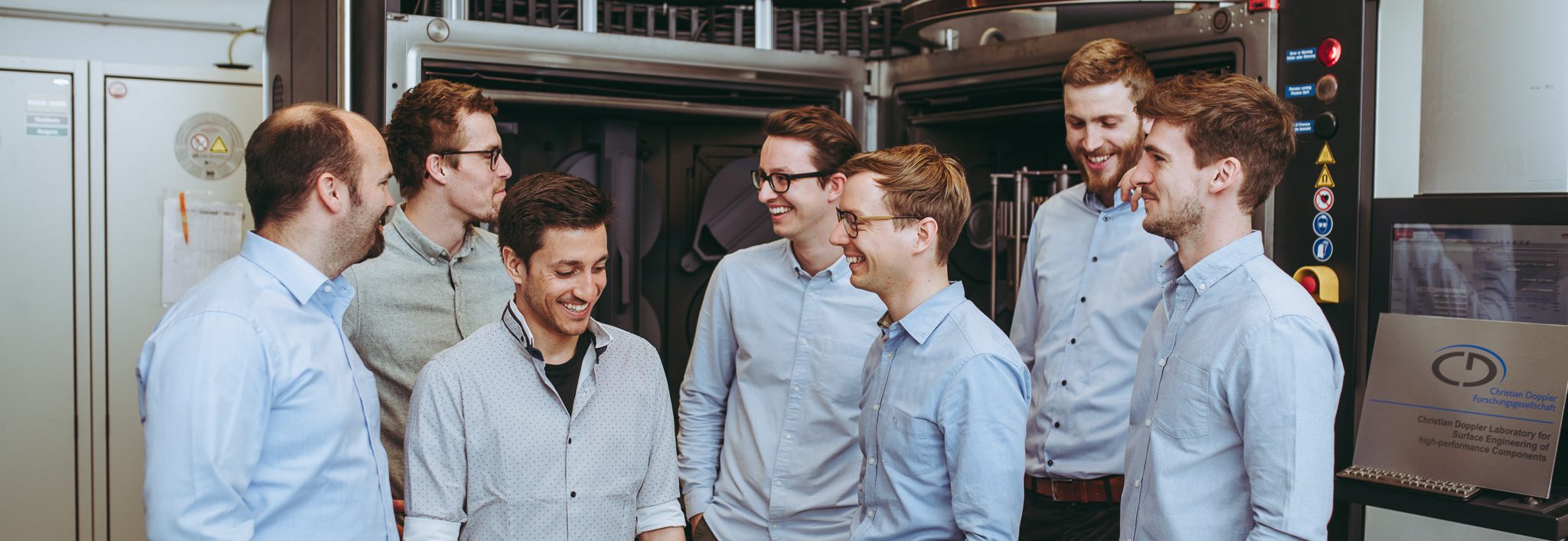Publications
The concept of Si alloyed transition metal (TM) diborides – well explored for bulk ceramics – is studied for five different physical vapor deposited TM-Si-B2±z (TM = Ti, Cr, Hf, Ta, W) coatings, focusing on the oxidation behavior up to 1200 °C. In their as deposited state, all coatings exhibit single phased AlB2 prototype structures, whereby the addition of Si results in dense, refined morphologies with no additional phases visible in the X-ray diffractograms. With already low amounts of Si, the slope of the mass increase during dynamic oxidation flattens, especially for Ti-Si-B2±z, Cr-Si-B2±z, and Hf-Si-B2±z. Above distinct Si contents, the formation of a steady state region exhibiting no further mass increase is promoted (starting at around 1000 to 1100 °C). Best results are obtained for Hf0.21Si0.18B0.61 and Cr0.26Si0.16B0.58 (both around 2.4 μm thick in the as deposited sate), revealing drastically retarded oxidation kinetics forming 400 nm thin oxide scales after 3 h at 1200 °C in ambient air (significantly lower compared to bulk ceramics). This highly protective oxidation mechanism is attributed to the formation of an amorphous Si rich oxide scale. The Si content needed to form these oxide scales largely differs between the TM-Si-B2±z coatings investigated, also diversifying the prevalent oxidation mechanism, especially for Cr-Si-B2±z.
Authors
T. Glechner, H.G. Oemer, T. Wojcik, M. Weiss, A. Limbeck, J. Ramm, P. Polcik, H. Riedl
Journal
Surface and Coatings Technology






